
This article features affiliate links, meaning we’ll earn a small commission if you purchase through these links. Please read our Privacy Policy for more details.
Forty years ago, the village of Calafindești, located in Suceava County, was a main hot spot for willow basket making. The climate of the region and the presence of moist soil favored the osier production and wickerwork in this village of Calafindești.

The willow plantations on the outskirts of the village are remnants of a bygone era. Here came once entire families to harvest, peel and boil osier rods in preparation for willow basket making – the destiny that awaited not a few of them. But not anymore.

Today, at the edge of the willow plantation stands a young man in his twenties, his eyes fixated on this sturdy and flexible raw material. Ciobanu Călin and his father, Ciobanu Gheorghe, are the only basket makers still living from the art of weaving.

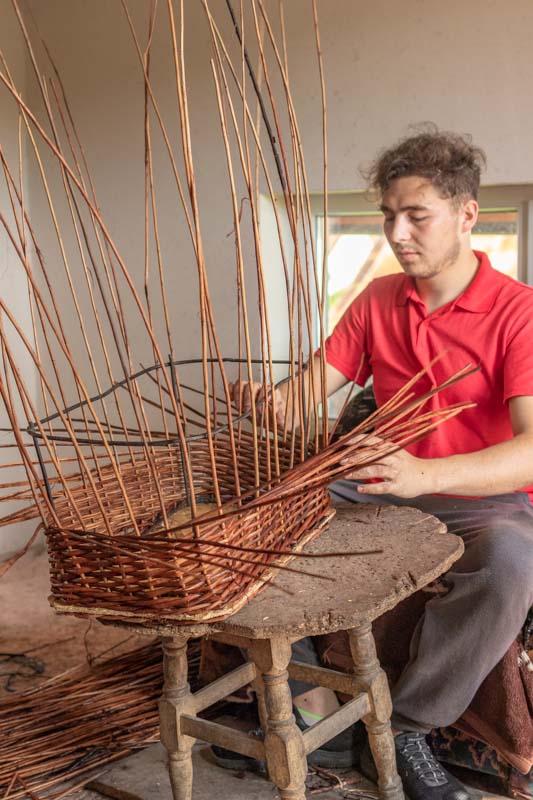
„During the communist period, there was a big weaving center with hundreds of employees in our village. My father had worked there. He is a professional basket maker. He has been weaving baskets for the past thirty years”, says Călin.
Although he has been working since age twelve, his desire to be a basket maker grew from a young age.
“When I was seven or eight-year-old, I loved to watch my father while he was working, but I didn’t have enough strength, because this craft requires a lot of strength in the hands”, he remembers.

There is hardly any limit to the number and variety of baskets that can be made of osier willow. Almost everyone appreciates baskets, useful or ornamental. Of course, the worker’s first requisite is a supply of materials. The willow itself is harvested and processed annually in late fall. Processing involves boiling, followed by peeling and drying.

„In autumn we cut it, we boil it in a cauldron for eight-nine hours, then we peel and dry it and it’s ready for work. Rods are stored under dry conditions until used,” he says while walking toward a big cauldron, with a fire pit at the base, where they yearly boil their willow. The peelings from the rods make valuable manure, or they are used for making the fire.

Some rods are round and, if coarse, principally used for the spokes or uprights of the baskets; others are split and useful for weaving only. All work needs moistening now and then to keep it pliable. It will then dry and harden firmly.
„To prepare for willow basket weaving, it needs to be soaked for about one hour.” With an armful of freshly soaked rods, he goes upstairs, in an outhouse, where he usually does the work. He sits down in an armchair and draws closer to the worktable.
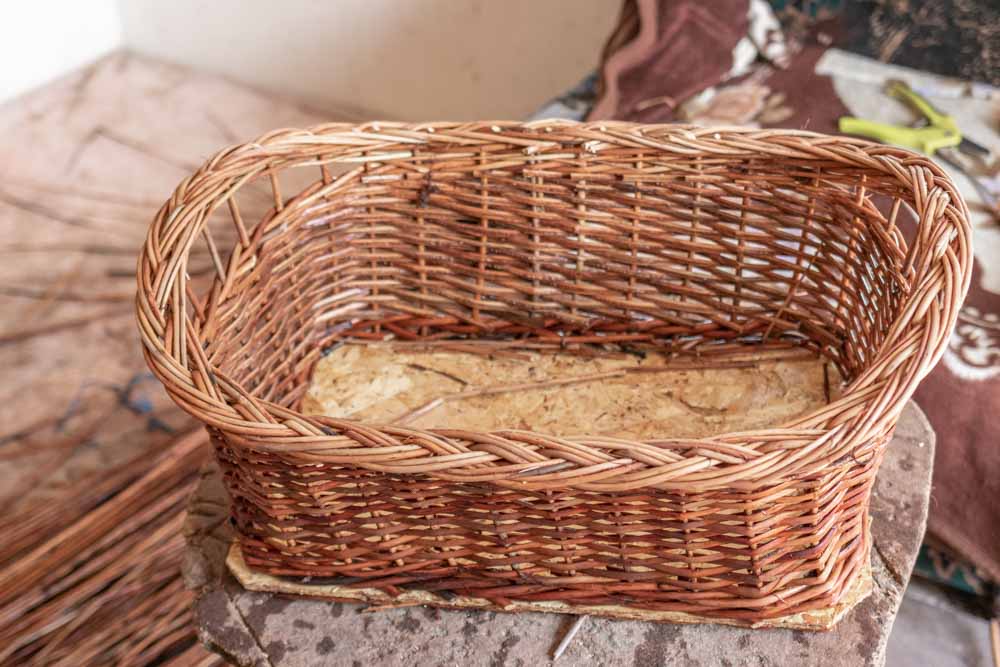
Tools are few in number. There are nippers to cut the willow, a piercer to force the weaving apart temporarily, and boreholes.
Affiliate links Commonwealth Basket Basketry Tool Kit
Baskets are made with a frame on a wooden base, which is really a piece of chipboard, pierced with several holes, through which the rods are pushed until they are all set up, while the sides of the basket are formed by inter-weaving. The frame is afterward drawn off, and so can be used an indefinite number of times. In Romania, these baskets are generally used to hold logs of wood for the fire. It stands by the side of the fireplace. And the wood is placed inside it.

Work progresses fast, as his hands can be seen repeatedly moving about the unfinished basket. You can tell his experience by his moves. It seems he could do it with eyes closed.

Contact: 0040749 891 368
Facebook: https://www.facebook.com/CiobanGheorghe6/
Similar Articles
Digging Clay, Processing and Throwing Ceramic Pottery in Romania
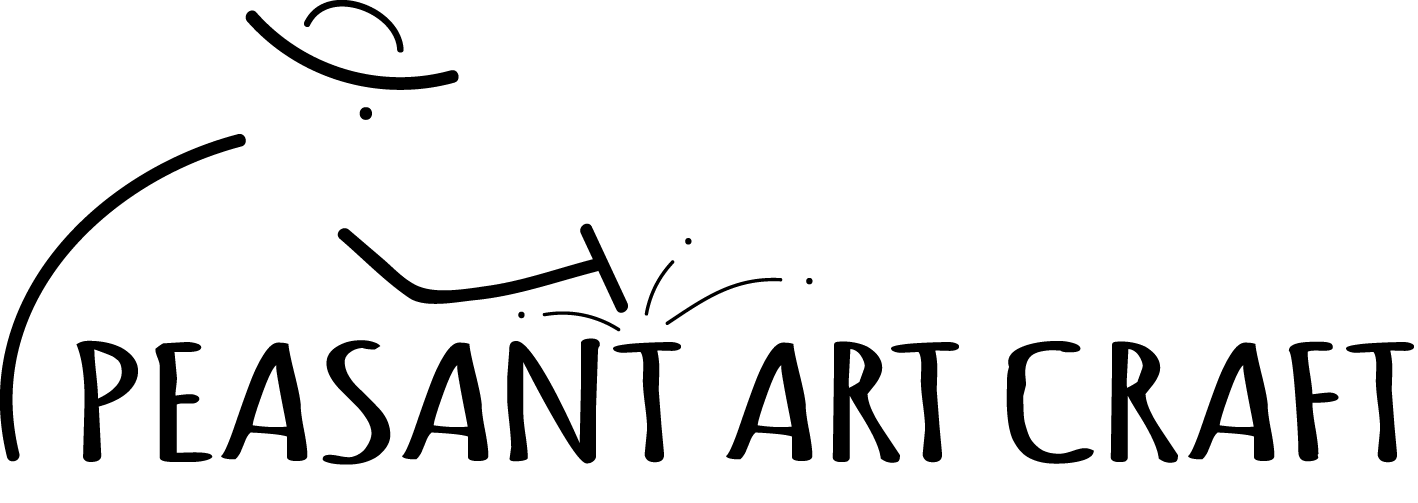
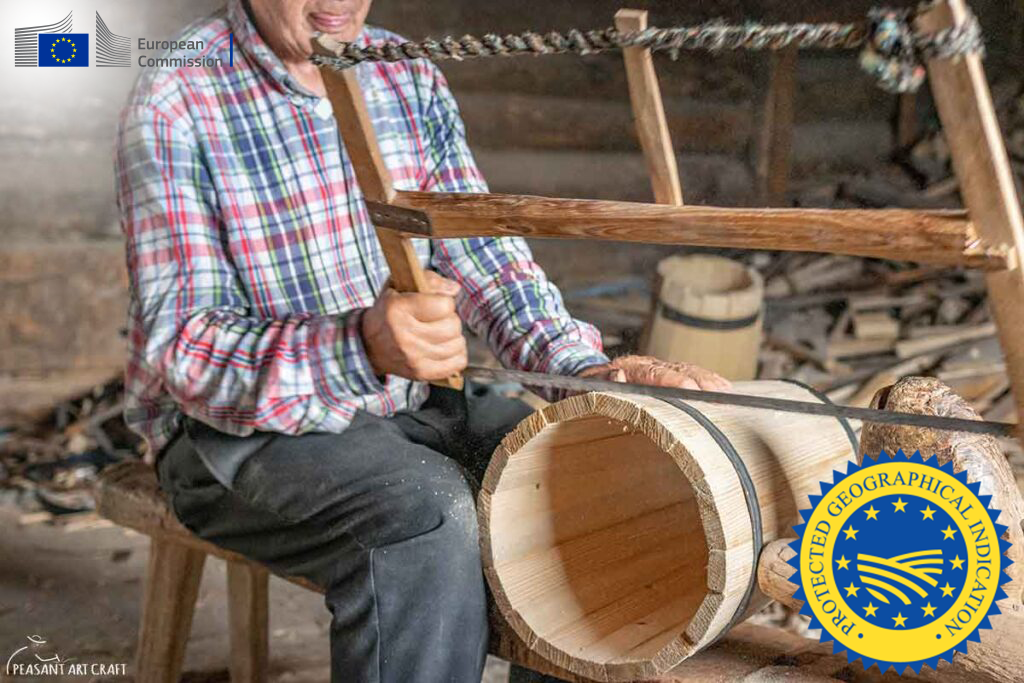

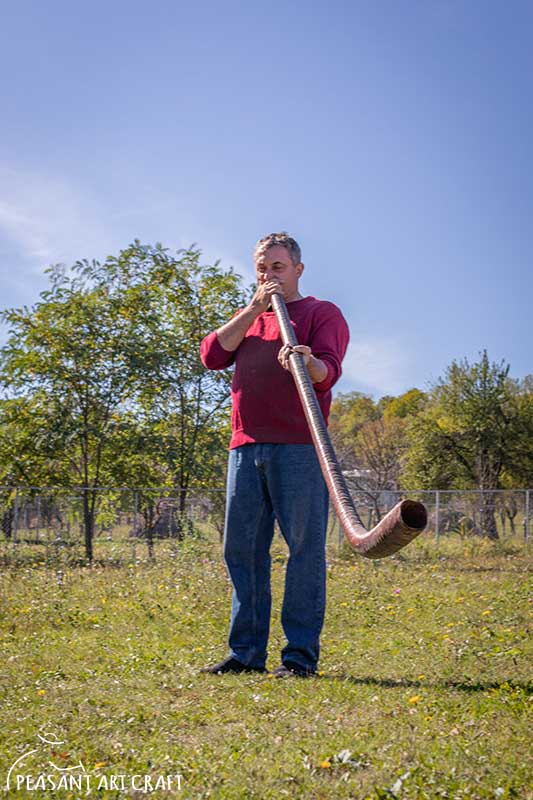
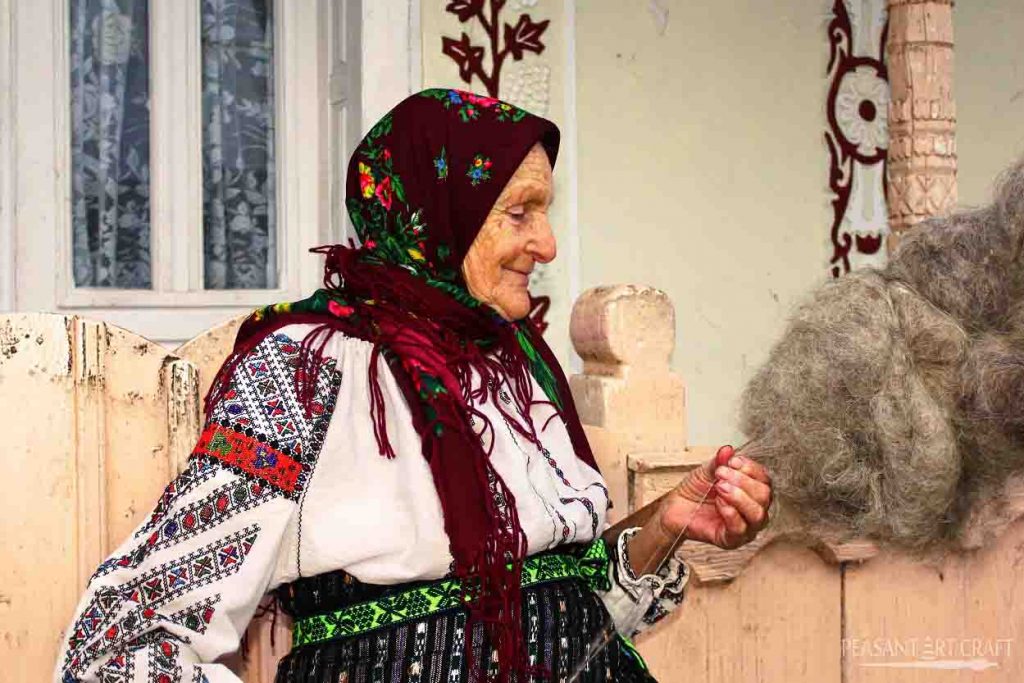
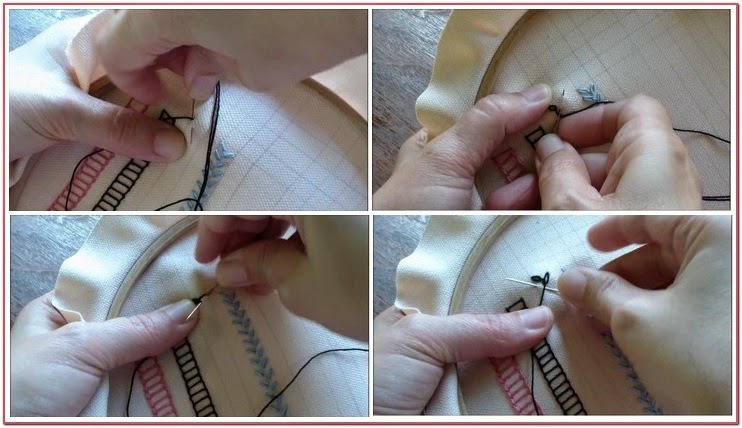
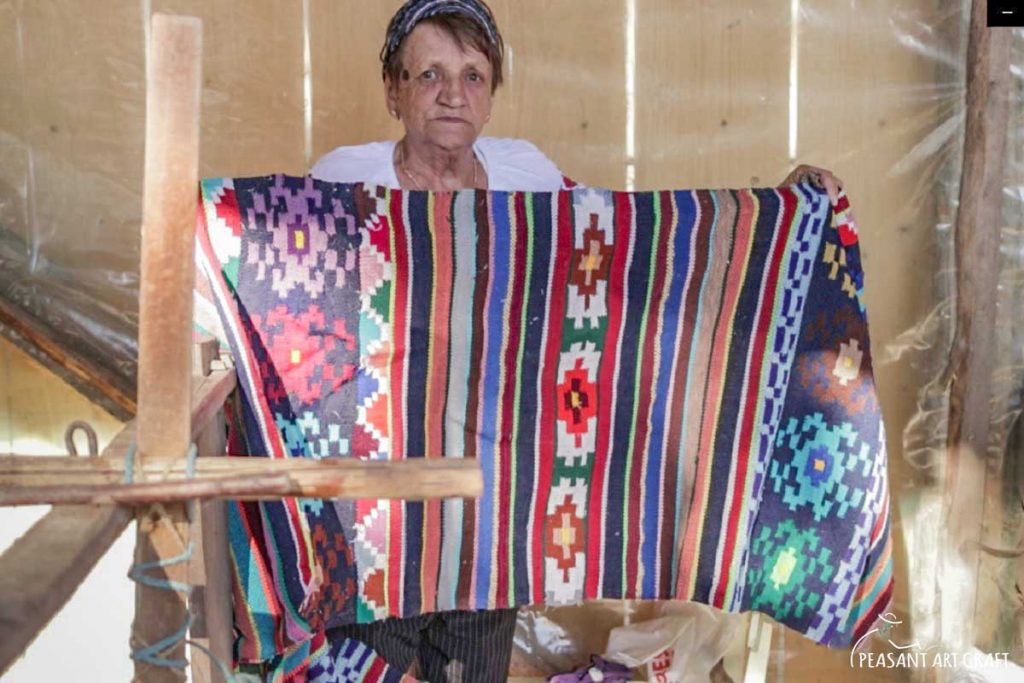
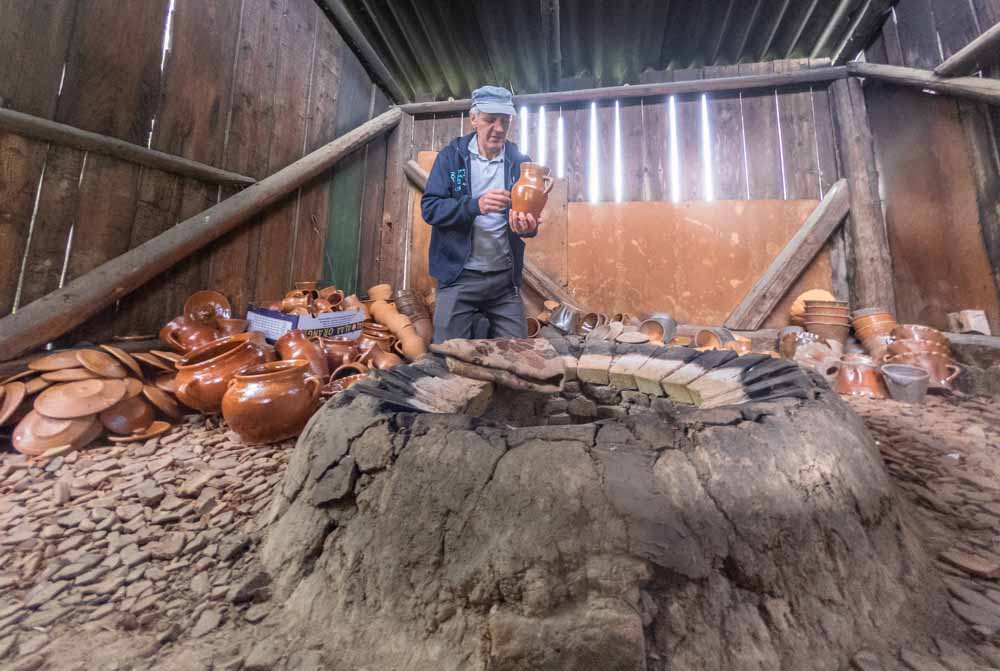
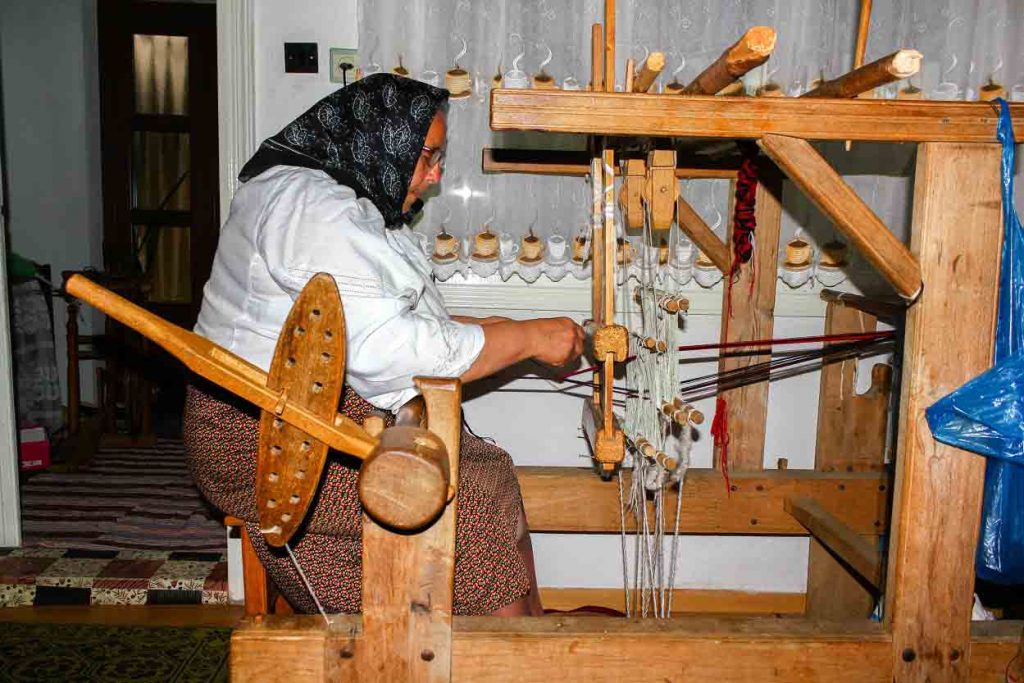

Leave a Comment